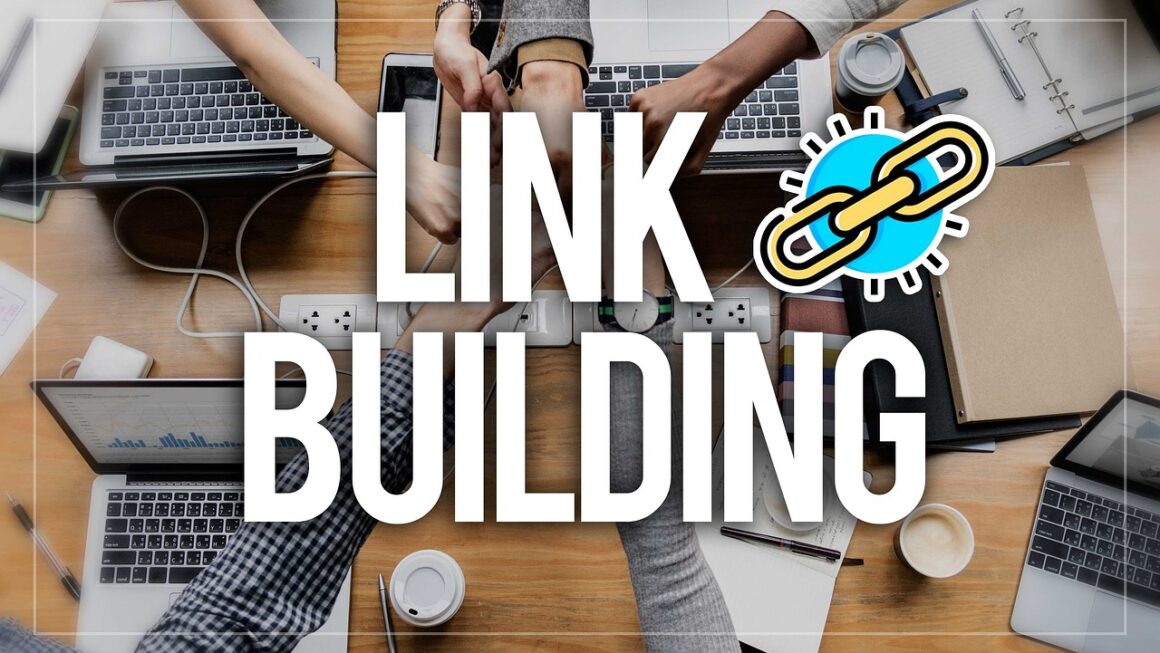AI is revolutionizing how businesses understand their target market. Gone are the days of relying solely on gut feelings and limited demographic data. With sophisticated algorithms and machine learning, AI audience analysis offers a deeper, more nuanced, and ultimately more profitable way to connect with your customers. This post will explore how AI is transforming audience analysis and what it means for your marketing strategy.
The Power of AI in Understanding Your Audience
Why Traditional Audience Analysis Falls Short
Traditional methods of audience analysis, such as surveys, focus groups, and basic demographic data, often provide a limited and sometimes skewed view of your target market. They can be:
- Time-consuming: Gathering and analyzing data can take weeks or even months.
- Expensive: Conducting surveys and focus groups requires significant investment.
- Subjective: Human bias can influence the interpretation of results.
- Static: Traditional analysis captures a snapshot in time, failing to account for evolving trends and preferences.
- Incomplete: Limited sample sizes can lead to inaccurate or generalized conclusions.
How AI Enhances Audience Analysis
AI steps in to overcome these limitations by leveraging massive datasets, advanced algorithms, and real-time analysis. Here’s how:
- Large-Scale Data Processing: AI can analyze vast amounts of data from various sources, including social media, website analytics, CRM systems, and more.
- Predictive Analytics: AI algorithms can identify patterns and predict future behavior based on historical data.
- Personalized Insights: AI can segment audiences into granular groups based on shared interests, behaviors, and preferences.
- Real-Time Adaptation: AI continuously monitors data streams, allowing for real-time adjustments to marketing strategies.
- Automated Reporting: AI can generate automated reports with actionable insights, saving time and resources.
- Example: Imagine an e-commerce business selling athletic apparel. Traditional analysis might identify “women aged 25-35” as a target audience. AI, however, could further segment this group into “women aged 25-35 interested in yoga and sustainable fashion who frequently purchase activewear online.” This allows for more targeted messaging and product recommendations.
Key AI-Powered Techniques for Audience Analysis
Natural Language Processing (NLP)
NLP enables AI to understand and interpret human language, allowing it to analyze text data such as social media posts, reviews, and customer feedback.
- Sentiment Analysis: Determines the emotional tone (positive, negative, neutral) of text data, revealing how customers feel about your brand, products, or services.
Example: Analyzing Twitter mentions to gauge public perception of a new product launch.
- Topic Modeling: Identifies the main topics and themes discussed in text data, revealing customer interests and concerns.
Example: Analyzing customer reviews to identify common complaints about a specific product feature.
Machine Learning (ML)
ML algorithms learn from data without explicit programming, allowing them to identify patterns and make predictions.
- Clustering: Groups customers into segments based on shared characteristics, such as demographics, purchase history, and online behavior.
Example: Segmenting website visitors based on their browsing history to personalize website content.
- Regression Analysis: Predicts future behavior based on historical data, such as predicting customer churn or purchase probability.
Example: Predicting which customers are most likely to unsubscribe from an email list based on their engagement metrics.
Computer Vision
Computer vision allows AI to “see” and interpret images and videos, providing valuable insights into visual preferences and trends.
- Image Recognition: Identifies objects, people, and scenes in images and videos.
Example: Analyzing social media posts to identify which products are most frequently featured in user-generated content.
- Facial Recognition: Identifies and analyzes facial expressions to gauge emotional responses.
Example: Analyzing video recordings of focus groups to understand how participants react to different product concepts.
Benefits of AI-Driven Audience Analysis
Improved Targeting and Personalization
AI enables businesses to create highly targeted marketing campaigns that resonate with specific audience segments.
- Personalized Email Marketing: Send tailored email messages based on individual customer preferences and purchase history.
- Dynamic Website Content: Display different content to different visitors based on their browsing history and demographics.
- Targeted Social Media Ads: Reach specific audience segments with relevant ads based on their interests and behaviors.
Enhanced Customer Experience
By understanding customer needs and preferences, AI can help businesses deliver a better customer experience.
- Personalized Recommendations: Recommend products or services that are relevant to individual customers.
- Proactive Customer Support: Identify potential customer issues before they escalate and provide timely support.
- Improved Customer Service: Analyze customer interactions to identify areas for improvement in customer service processes.
Increased Marketing ROI
By optimizing marketing campaigns and delivering a better customer experience, AI can help businesses increase their return on investment.
- Higher Conversion Rates: Targeted campaigns and personalized offers can lead to higher conversion rates.
- Improved Customer Retention: A better customer experience can lead to increased customer loyalty and retention.
- Reduced Marketing Costs: AI can help businesses optimize their marketing spend by focusing on the most effective channels and strategies.
Implementing AI Audience Analysis: A Practical Guide
Define Your Objectives
Before implementing AI audience analysis, it’s essential to define your goals. What specific questions are you trying to answer? What outcomes are you hoping to achieve?
- Example: Are you trying to identify new customer segments, improve customer retention, or increase sales of a specific product?
Choose the Right AI Tools and Platforms
There are numerous AI tools and platforms available, each with its own strengths and weaknesses. Choose the ones that best suit your needs and budget.
- Examples: Google Analytics, Adobe Analytics, IBM Watson, Salesforce Einstein, and specialized AI marketing platforms.
Integrate Data from Multiple Sources
To get a complete picture of your audience, integrate data from multiple sources, including:
- Website Analytics: Track website traffic, user behavior, and conversion rates.
- Social Media Data: Monitor social media mentions, engagement, and sentiment.
- CRM Data: Track customer interactions, purchase history, and demographics.
- Email Marketing Data: Track email open rates, click-through rates, and conversions.
Analyze the Results and Take Action
Once you’ve gathered and analyzed the data, take action based on the insights you’ve gained.
- Refine your targeting: Adjust your marketing campaigns to reach specific audience segments more effectively.
- Personalize your messaging: Tailor your messaging to resonate with individual customer preferences.
- Improve your customer experience:* Implement changes to improve customer satisfaction and loyalty.
Conclusion
AI audience analysis is no longer a futuristic concept; it’s a powerful tool available to businesses of all sizes. By leveraging AI’s capabilities, you can gain a deeper understanding of your target market, improve your marketing ROI, and deliver a better customer experience. Embracing AI in audience analysis is crucial for staying competitive in today’s rapidly evolving business landscape. Start exploring the possibilities today and unlock the full potential of your marketing efforts.




